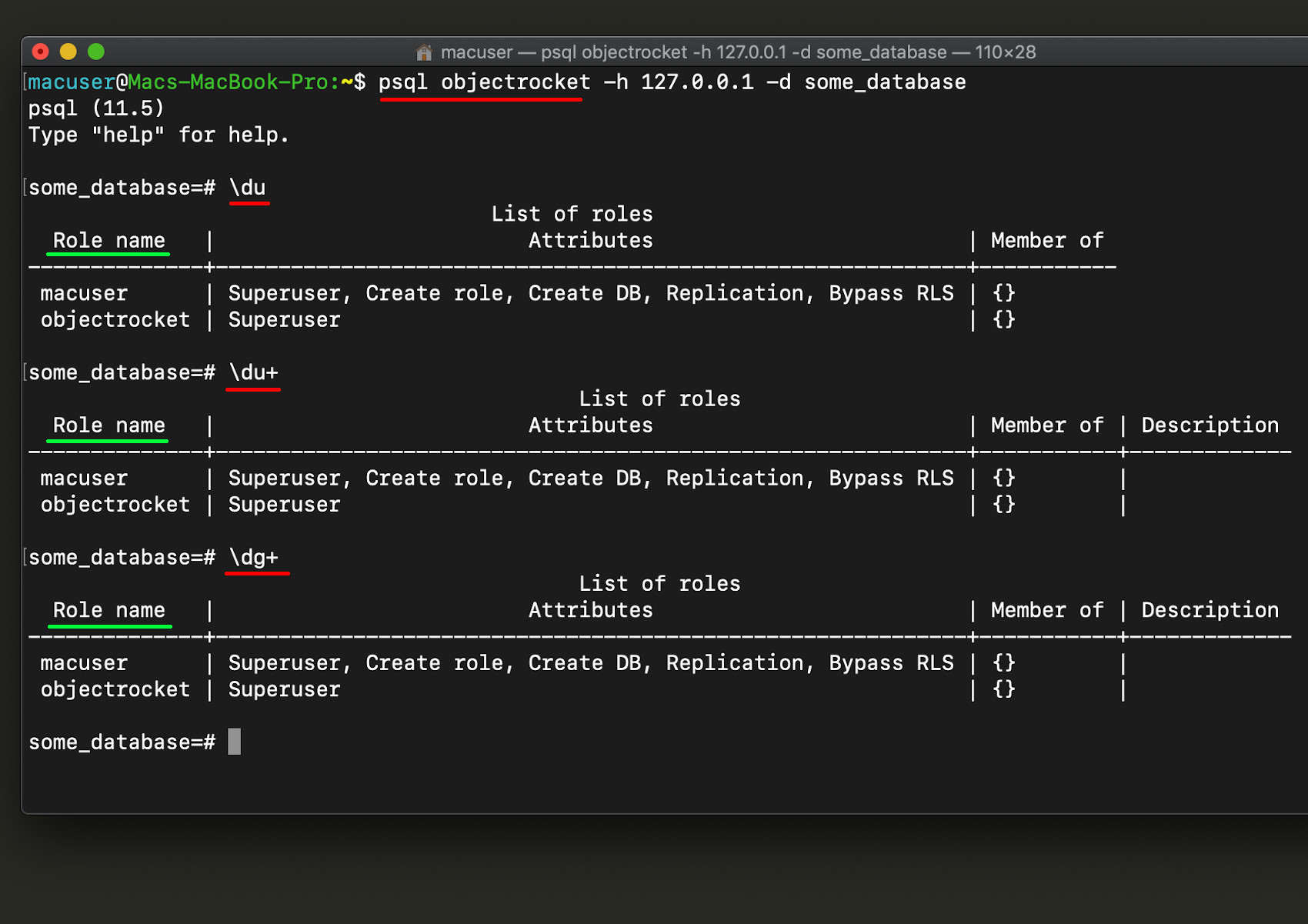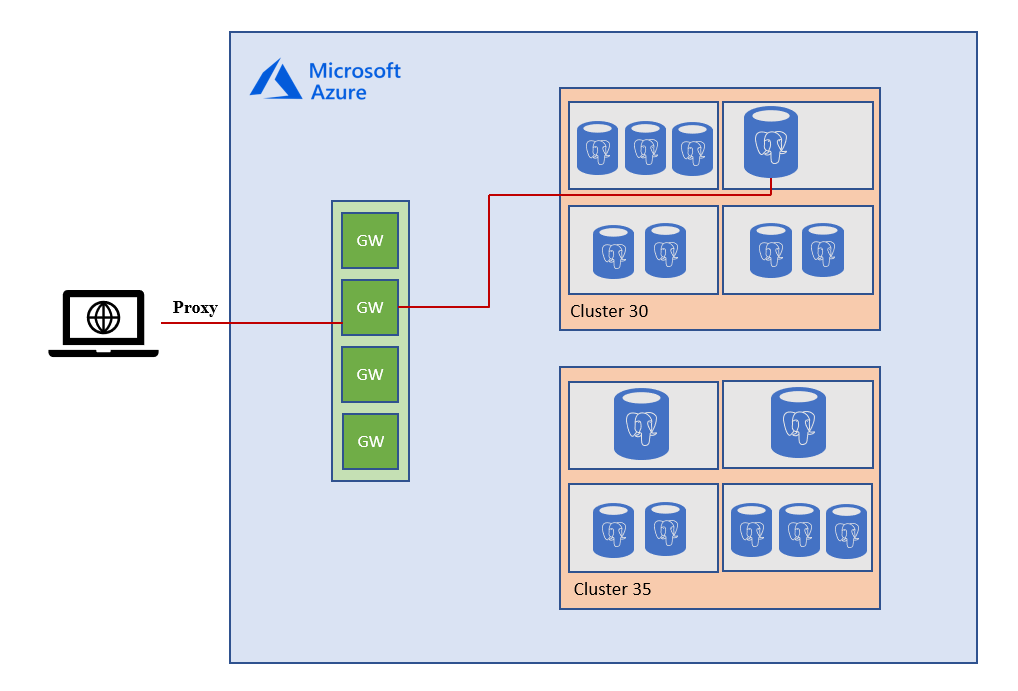

- POSTGRESQL LIST DATABASES HOW TO
- POSTGRESQL LIST DATABASES INSTALL
- POSTGRESQL LIST DATABASES DRIVER
- POSTGRESQL LIST DATABASES FULL
- POSTGRESQL LIST DATABASES PASSWORD
The query will be sent over to the specified connection, and the pulled in dataset will be handled as a normal subselect – thus from thereon one could use all the functionality that Postgres has to offer! Full documentation on the extension here. Basically you just need to create the extension (requires “contrib”), declare a named connection and then use the dblink function to specify a query, including a list of output columns and their datatypes.
POSTGRESQL LIST DATABASES DRIVER

Think sales reporting aggregations over logical clusters or matching click-stream info with sales orders based on customer ID-s. no built in clustering extensions or such are in use) to present it as one logical entity. Output: employee=# select * from information_schema.With the heyday of bigdata and people running lots of Postgres databases, sometimes one needs to join or search data from multiple absolutely regular and independent PostgreSQL databases (i.e. Select * from information_schema.tables where table_schema='public' We can use the following command to switch on the expanded display to solve this issue. The information_schema is a table that holds information about the current database, and we can query it using a select statement to find the public entities in our database. Use information_schema to Show Tables in PostgreSQL Pg_catalog | pg_foreign_data_wrapper | table | postgres Pg_catalog | pg_extension | table | postgres Pg_catalog | pg_event_trigger | table | postgres Pg_catalog | pg_description | table | postgres

Pg_catalog | pg_depend | table | postgres Pg_catalog | pg_default_acl | table | postgres Pg_catalog | pg_db_role_setting | table | postgres

Pg_catalog | pg_database | table | postgres Pg_catalog | pg_conversion | table | postgres Pg_catalog | pg_constraint | table | postgres Pg_catalog | pg_collation | table | postgres Pg_catalog | pg_authid | table | postgres Pg_catalog | pg_auth_members | table | postgres Pg_catalog | pg_attribute | table | postgres Pg_catalog | pg_attrdef | table | postgres Pg_catalog | pg_amproc | table | postgres Pg_catalog | pg_aggregate | table | postgres Information_schema | sql_sizing | table | postgres Information_schema | sql_parts | table | postgres Information_schema | sql_implementation_info | table | postgres Information_schema | sql_features | table | postgres Just as we did above to return the tables list in the public schema, we can use the same command without specifying any schema to return all the tables in our database. Show Tables in All the Schemas in PostgreSQL The following command returns all the tables in the public schema. Since we can have different schemas holding different databases in PostgreSQL, we can specify the schema we want in our query, and all the tables in that schema will be returned to us. Show Tables in a Specific Schema in PostgreSQL The command returns one row since we only have one table in the database. The \dt command is used in PostgreSQL to describe all tables and is used as shown below. Use \dt Command to Show Tables in PostgreSQL The connection shifts from postgres, the currently connected database, to the employee we want to use. To select the database we want to use, employee, use the following command. On the column labeled Name, we can see three databases employee, postgres, template0, and template1. Template1 | postgres | UTF8 | English_Kenya.1252 | English_Kenya.1252 | =c/postgres + Template0 | postgres | UTF8 | English_Kenya.1252 | English_Kenya.1252 | =c/postgres + Postgres | postgres | UTF8 | English_Kenya.1252 | English_Kenya.1252 | Name | Owner | Encoding | Collate | Ctype | Access privileges We might have created multiple databases, and we should use the following command to list all the available databases.
POSTGRESQL LIST DATABASES PASSWORD
>psql -U postgresĪ password is prompted, and we should enter the password that we specified during the installation process and press enter.
POSTGRESQL LIST DATABASES INSTALL
You can install the PostgreSQL database and use the following command to log in to your database. In the MySQL database, the common command you will encounter is SHOW TABLES, but in PostgreSQL, this command is not understood by the database management system.
POSTGRESQL LIST DATABASES HOW TO
Webjets.io - How To Create Lists and Tables


 0 kommentar(er)
0 kommentar(er)
